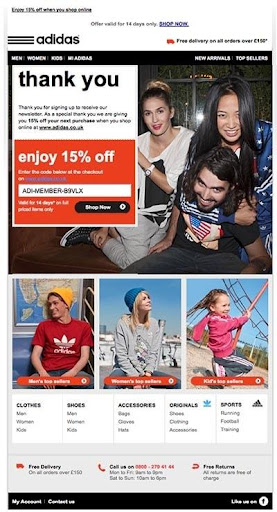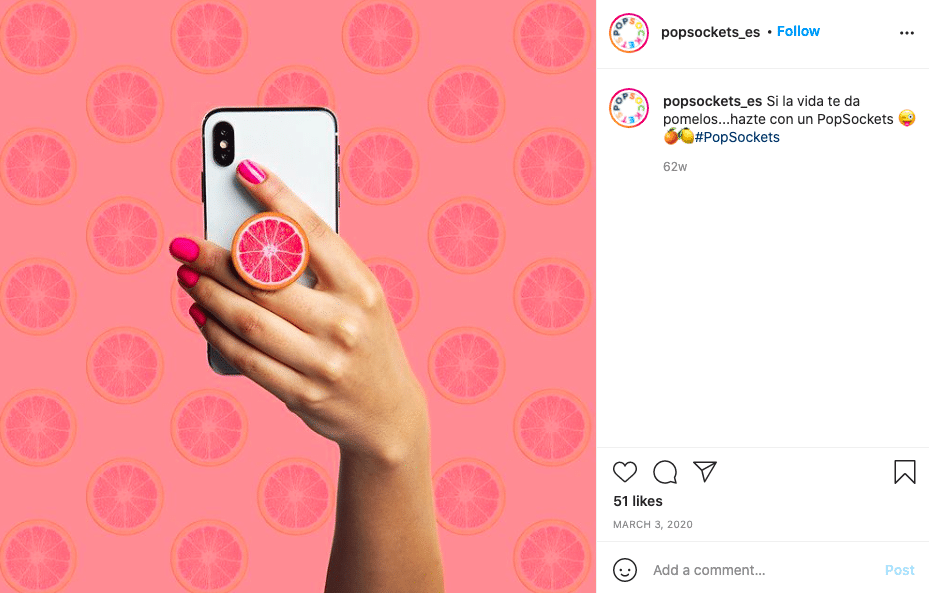When talking about marketing translation, the common phrase lost in translation couldn’t be more relevant. And it’s exactly what you want to avoid.
Crafting effective international marketing campaigns requires having in-depth knowledge about your target audience in order to create messages that are culturally relevant to them. To do this, you also need creativity, experience and local insights.
Keep reading to learn how to effectively translate different types of marketing content and what pitfalls you should avoid when translating marketing messages. Plus, why it’s often better to hire professional marketing translation services instead of trying to do it all yourself.
Watch our recap here:
What is marketing translation?
Marketing translation differs from other types of translations, like literary or technical translation, in that the message and objective relayed by marketing content can vary significantly depending on the target audience.
While some cultural nuances must be considered when it comes to translating a book, for example, the nature of marketing content renders it highly specific towards the group it is trying to influence. The ultimate purpose of marketing content is to engage, convince and sell to the target audience, rather than purely educate and entertain.
Because of this, you must always pay attention to your target audience’s cultural norms and nuances when translating marketing content. Localization strategies should also be implemented when necessary.
“It’s important to consider seasonality differences from one region to the other, such as remembering that a specific festivity is valid in Spain, but not in Mexico. It’s not just translating or localizing content, but also understanding the peculiarities of each and every market.” – Stefania Trinchero, content strategy lead at TikTok.
See also: Translation vs. localization: What’s the difference and why should you care?
Why it’s important to get your marketing translation right

Failing to correctly translate marketing content can have both minor and major consequences. If you fail to pay attention to cultural nuances when translating a marketing message, the best-case scenario is that your message doesn’t fully resonate with its target audience.
Worst case scenario: Embarrassing errors that can have a lasting negative impact on your brand’s image.
Pro tip: Getting the help of expert translation professionals is a surefire way to avoid marketing translation pitfalls and ensure that your content thrives in international markets.
See also: Marketing translators: Ultimate hiring manager’s checklist
How do you translate marketing content?

How you translate marketing content depends on which channel you’re working with. For example, social media and email marketing translation require different approaches.
First and foremost, you need to remember that the message is more important than the words themselves. So if you’re using a clever slogan in your social media post, you’ll want to ensure your message is just as witty in all languages that you translate into.
See also: How to write engaging copy for social media and why it’s important
International marketing content often contains region-specific information or references. Because of this, you must mindfully adapt your original content and replace any location- or culture-specific detail with information relevant to your new target audience.
For example: If you’re using common surnames in your campaign, a generic English name like Smith can be adapted to Sánchez in Spanish. Similarly to how Coca-Cola adapted their “Share a Coke” campaign by putting the most popular names in each region on their bottles.
Tip: Download our free interactive worksheet on adapting your content to local markets.

It’s critical to hone in on the different digital marketing translation methods to optimize your efforts on each channel that you use.
“We have a separate translation solution for each type of marketing: for user interface we have one, for blogs we have another one, for user communication we usually use a third vendor or freelancer. And also, let’s not forget about design.” – Galyna Margolin, localization team lead at Payoneer.
Take a look at some examples of effective content, social media and email marketing translation approaches below.
Content marketing translation
Translating content marketing materials will always require some form of localization. For example, if your company blog forms a large part of your content marketing strategy, then you’ll need to localize it for each of the target audiences you’re aiming to reach. Website translation is also a key step in building a global presence.
A good example is what we did with real estate SaaS company Nodalview’s blog. While translating a series of blog posts for them, we localized the content to ensure it was correct and relevant for Portugal, Italy and Spain. The blog posts contained location-specific information about real estate procedures and legislation, so localization was essential.
Depending on the nature of your industry, it is very likely that localizing your messages will be a key element in your content marketing translation approach.
See also: Multilingual blog strategy: 5 tips to reach new markets effectively
Email marketing translation
There are several considerations to take into account when translating your email marketing content. Firstly, be sure that any idioms or cultural references are localized to ensure that your message gets across to your target audience. This is where creative translation, or transcreation, comes into play.
You should also be aware that when translating from one language to another, the length of your text can change significantly. It may be necessary to change the layout of your email or adjust the size of the text when moving from one language to another.
Speaking of layout, the design is just as important as the text you’re translating. Consider local design trends when organizing the layout of each target language’s version of an email. While some cultures are accustomed to seeing busy, crowded designs, others may be overwhelmed by this format and prefer a more minimalist look.
See also: Cultural marketing: Going beyond simple translations


As you can see, email marketing translation goes far beyond the words on the page. This is why it is crucial to work with someone familiar with the cultural preferences of your target audience.
See also: Multilingual graphic design: Why it pays to hire specialists
Social media marketing translation
Finally, we can’t talk about marketing translation without touching on social media. Having multilingual social media accounts is an effective way to grow your brand’s global presence, as long as you correctly translate your social media content.
This often means getting creative. Take a look at an example of a social media translation that we did for PopSocket’s Instagram and Facebook accounts. The original phrase used in the post, “Squeeze the day,” couldn’t be translated directly into Spanish while maintaining its wit and rhyme.
So we came up with a new phrase to match the post’s image: “Si la vida te da pomelos…” This phrase, meaning “If life gives you grapefruits…” was still relevant for the post’s image and maintained the message’s creativity and intent.

Social media content is typically short and clever, so it’s important to get creative with your translations and think outside the box. You want to ensure that your content remains relevant and engaging for your target audience without straying too far from the original message.
See also: Social media localization: Go global without fresh content
Translation errors in marketing: The pitfalls to avoid

There are plenty of examples of marketing translations gone wrong. You may have heard of blunders like the Electrolux vacuum tagline, “Nothing sucks like an Electrolux,” or KFC’s “finger-licking good” slogan translated into Chinese as “eat your fingers off.”
Mercedes-Benz had a similar experience when they entered the Chinese market. The luxury car company wanted to make their brand stand out from the crowd and so they shortened their name to fit in more with the Chinese dialect.
Or so they thought.
In the end, they settled on the name ‘Bensi’ which they felt was close enough to their full name while being short, catchy and easy to remember. They were right, but not in the way they had hoped.
In Chinese, the word ‘bensi’ means ‘rush to die’. Not exactly the message you want to send when you’re trying to sell them luxury priced automobiles. Mercedes-Benz was quick to rebrand themselves as Benchi which translate to ‘run quickly as flying’. Still not exactly poetry, but better than attaching your brand to imminent death.
There are countless other marketing translation examples that completely missed the mark. Surprisingly enough, many of these errors were committed by large, global corporations. These mistakes could have easily been avoided if the marketing departments had consulted localization experts before translating their content and launching their campaigns.
As you can see, in extreme cases, translation errors in marketing can result in inappropriate messages that can negatively impact your brand’s image. In most cases, the mistakes just end up with your message being, well, lost in translation.
For the amount of time and money that you invest in your marketing and translation efforts, it would be a shame for your campaign to fail because of a simple, easily avoidable translation error.
If your marketing team doesn’t have the capacity to perform these types of in-depth translations, consider looking at professional marketing translation services from trusted experts who can guarantee the success of your global marketing efforts.
Get in touch with the VeraContent team and ask about our creative translation services. We’ll take your translations beyond the page and ensure that your message reaches your target audience just as you intended.

